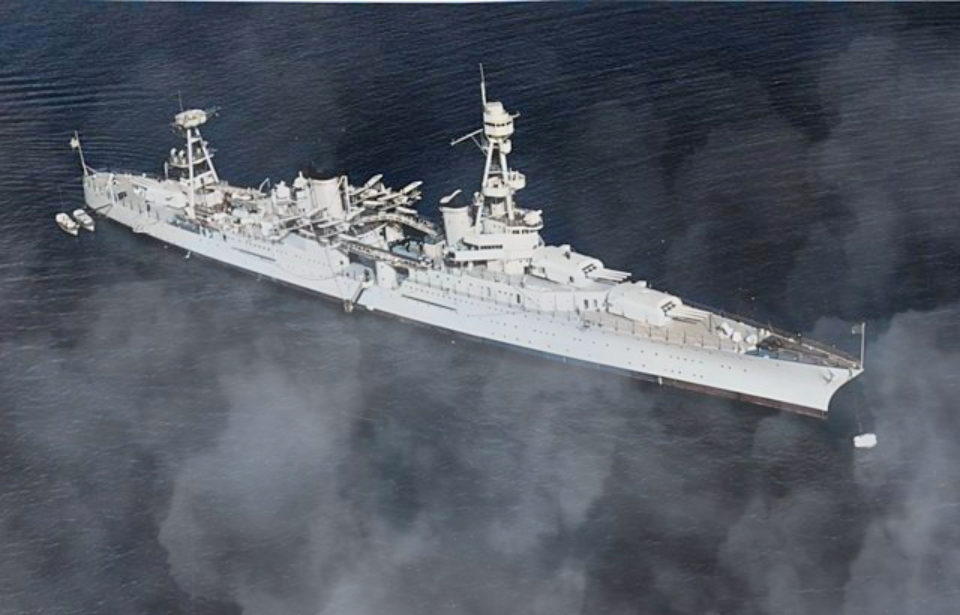The Pacific saw much action during the Second World War, serving as the backdrop for many major engagements. Among the most successful Allied vessels to serve in this theater was the USS Houston (CL/CA-30). Despite her tiny size, the cruiser was involved in engagements against much-larger opponents, and she was such a pain for the Japanese that they’d claimed to have sunk her on six different ocassions.
Early days of the USS Houston (CL/CA-30)
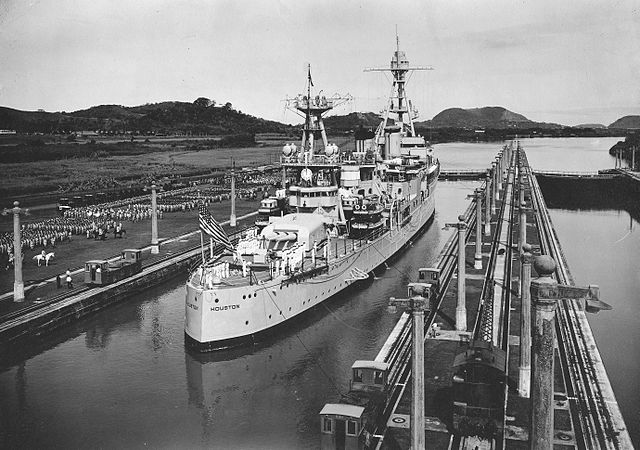
Construction on the USS Houston began in Newport News, Virginia, in May 1928, and she was launched just over two years later. Owing to her thin armor, she was first vessel designated as a light cruiser, but was later changed to a heavy cruiser because of her eight-inch main guns.
Houston‘s first job upon being commissioned in 1930 was to act as a deterrent following the Mukden Incident in China. She also ferried US President Franklin D. Roosevelt from Annapolis, Maryland, through the Caribbean, to Portland, Oregon. This served as the par for the course during the interwar period, with her regularly performing routine journeys and exercises. She also was given the position as flagship of the US Fleet, under Rear Adm. Claude C. Bouch.
Houston spent some time at Pearl Harbor, before departing for the Philippine Islands in 1940, where she became the flagship of Adm. Thomas C. Hart’s Asiatic Fleet.
US entry into World War II
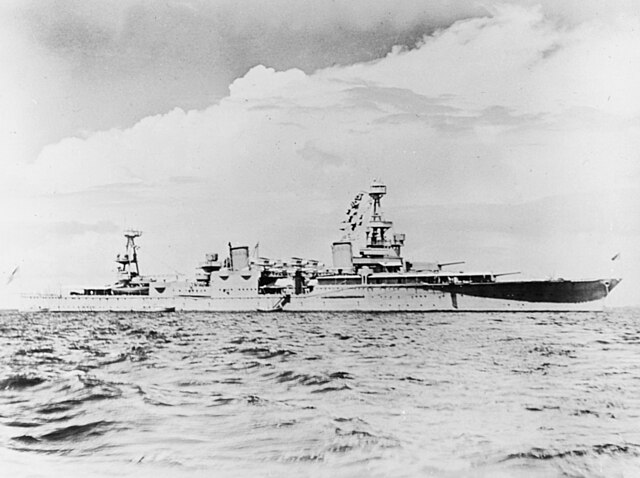
Following the Japanese attack on Pearl Harbor on December 7, 1941, the USS Houston took off from the Philippines for Darwin, Australia, to join the American-British-Dutch-Australian (ABDA) naval force, and it didn’t take long for the cruiser to see action.
Houston‘s first engagement was the Battle of Makassar Strait, near the Java Sea, in February 1942. Launched by the Japanese, it saw several Allied vessels come under fire from Mitsubishi G3M1 and G4M1 bombers. Outnumbered, the sailors aboard the ships didn’t have a chance, allowing for a swift enemy victory. During the fight, Houston took a hit to her deck, near the aft gun turret, resulting in the deaths of 48 crewmen.
The cruiser’s next job was to escort a convoy ferry troops for the defense of Timor. Along the way, the ships became the target of an enemy attack. As the Japanese aircraft approached, the vessels in the convoy began firing, and while she wasn’t immediately effective, Houston was able to distinguish herself.
Battle of the Java Sea
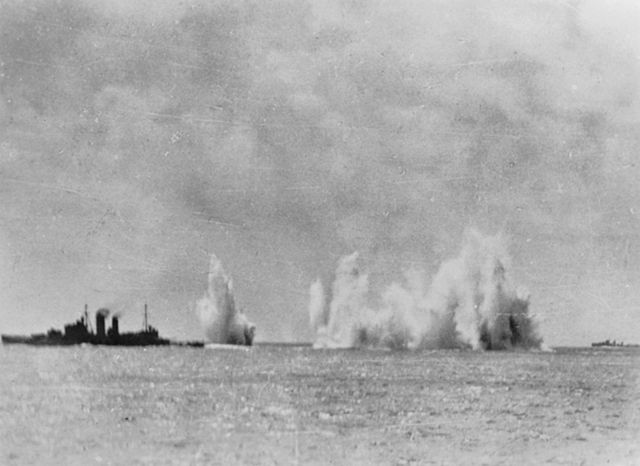
As the weeks drew on, the Allies became subject to more attacks by the Imperial Japanese Navy (IJN). By late-February 1942, yet another major engagement was about to commence: the Battle of the Java Sea.
Led by Dutch naval officer Karel Doorman, who wound up being killed in action (KIA) during the engagement, the Allied fleet of nine destroyer, three light cruisers and heavy cruisers faced up against a Japanese force of 28 vessels. As with previous fights, the former soon found themselves overwhelmed by the enemy, losing several ships and thousands of sailors.
Their loss and retreat subsequently allowed the Japanese to invade soon after.
Sunk during the Battle of Sundra Strait
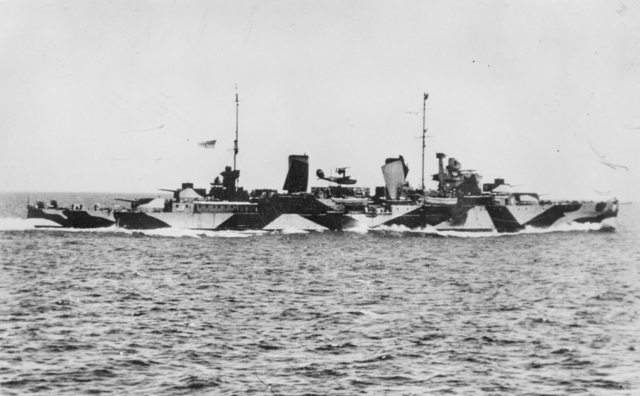
Following the events in the Java Sea, the USS Houston was desperate to restock on ammunition and fuel up. The ship reached Tanjong Priok to refill these supplies, but the site was short on ammunition and fuel. She then journeyed toward Tjilatjap, her crew hoping for better luck there. The cruiser was to head there via the Sunda Strait, which was believed was free of the enemy’s presence.
Sailing with the HMAS Perth (D29), the two vessels soon found themselves surrounded by Japanese ships. While they tried their best to fight off the enemy, they became inundated with heavy fire, including torpedo hits. Perth was the first to sink, and while Houston‘s crew did their best to keep the Japanese at bay, the cruise, too, began to take on water. Before long, she was under the water.
While the majority of Houston’s crew perished in the engagement, a few hundred survived, only to be taken as prisoners of war (POWs) by the Japanese and forced to work on the infamous Burma Railway.
Discovering the wreck of the USS Houston (CL/CA-30)
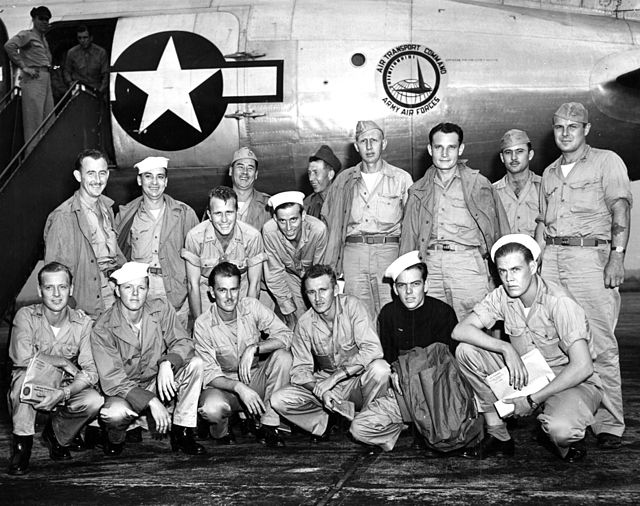
Over the course of her short service in the Pacific Theater, the Japanese alleged to have sunk the USS Houston on six different occasions, earning her a reputation as the “Galloping Ghost.” However, they were only successful in doing so once, during the Battle of the Sundra Strait.
The location of Houston‘s wreck had been unofficially known for decades, with it being a popular diving spot since the 1970s. It wasn’t until 2014, however, that its location was concretely confirmed, through work conducted via a joint effort by the US Navy and the Indonesian Navy.
More from us: The Tragic Last Stand of the HMS Hood Against Germany’s Prized Battleship Bismarck
Additional surveys have been conducted in the years since, with it reported that the wreck is still in relatively good condition.
